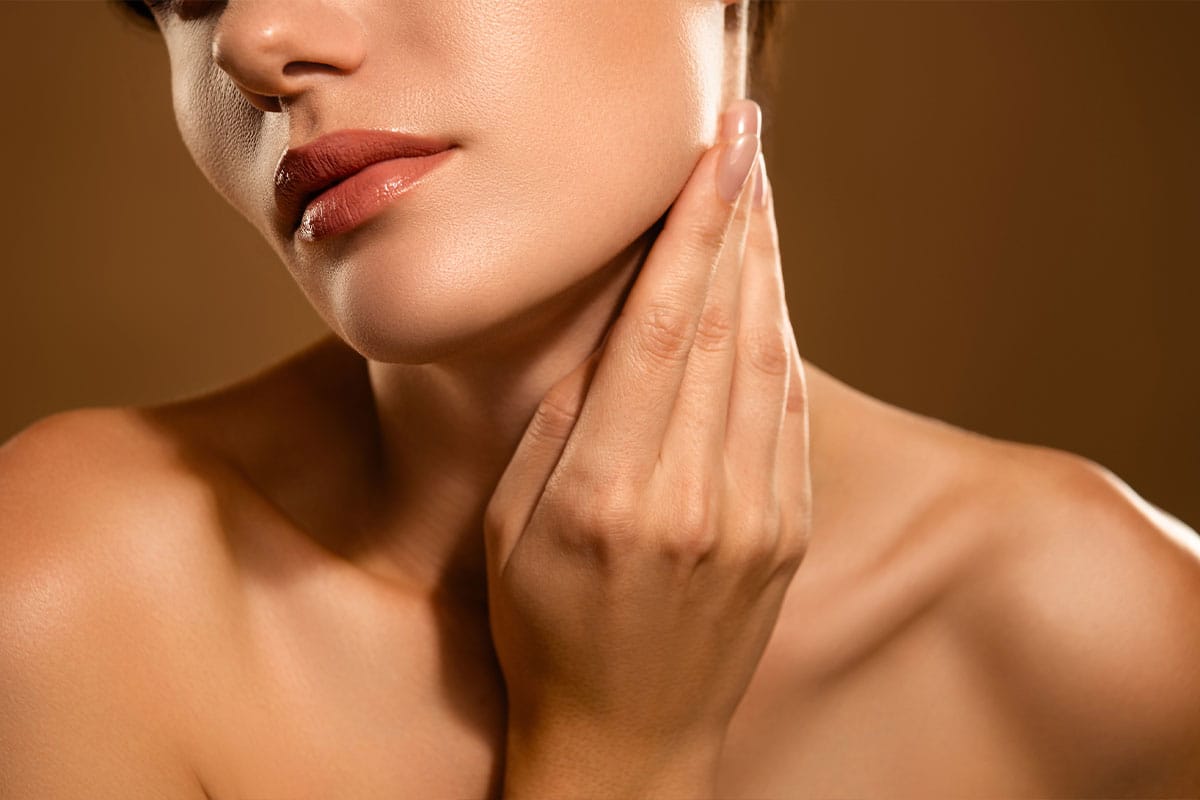Last month a 47-year-old trail runner sat in my Gulf Shores exam room, a little exasperated. She’s lean, healthy, sunscreen in the tote bag, and yet… that small pocket under the chin never budged. On exam she had good skin “snap-back,” mild platysmal banding, and just a touch of under-projection at the chin. We decided on laser-assisted liposuction under local anesthesia (with light sedation as needed). I removed a modest, well-defined volume, fitted a soft garment full-time for the first few days and then at night for the next couple of weeks, and kept a neck lift as Plan B. At her 12-week photos the line under her jaw read cleaner; the banding softened; Plan B stayed on the shelf. That arc—read the anatomy, choose the smallest effective move—is how I approach submental fullness.
My name is Dr. Carrie L. Morris and I’m a triple board-certified oculofacial plastic surgeon in Gulf Shores, and this is the same candid conversation I have in the clinic, minus the paper gown and exam light.
Why the “double chin” shows up (even when you’re doing everything “right”)
Some of us are simply wired to store a bit more volume under the chin—fitness helps your heart, mood, and lifespan, but genes draw the map. Aging nudges the rest: collagen thins, elasticity fades, and the platysma in the neck can band or loosen. Add our coastal sun/UV exposure (another reason daily sunscreen matters) and you can see a faster timeline for laxity. Weight plays a role, though not always the one patients expect; even a small gain can show here, and this pocket can be stubborn on marathoners and powerlifters alike. Bone structure matters, too: if your chin sits a few millimeters behind where it ideally would, the neck can look fuller even when fat is minimal. And for the anatomy-inclined: fullness can live just under the skin (preplatysmal) or deeper (subplatysmal). That depth ends up steering a lot of decisions.

How I choose a plan (and how I sometimes change my mind)
In the room, I do three things quickly:
- Snap-back test: If skin recoils well after a gentle pinch, minimally invasive options often shine.
- Platysma check: Bands visible at rest or when you say “eee” tell me whether we should address the muscle during surgery.
- Profile geometry: If chin projection is quietly sabotaging the neck, a tiny change there can transform the profile.
Tools I actually use (and the ones I usually don’t start with)
When there’s localized fat and decent skin elasticity
I often reach for laser-assisted liposuction (e.g., Smartlipo® Triplex). Through tiny, hidden entry points under the chin or behind the ears, I contour the pocket and use controlled laser energy to disrupt fat and encourage some skin contraction. You’re comfortable under local anesthesia (often with light IV sedation) and breathing on your own. Submental-only cases are usually brief in my practice, though timing varies by anatomy and plan. People with desk jobs are often back in a few days; public-facing or physical roles may wait closer to a week. You’ll see early change, with refinement over the next several months as swelling resolves and collagen remodels.
When there’s true laxity or banding
Surgery takes the lead. A neck lift with liposuction lets me remove excess fat, address platysma bands when needed, and redrape skin so incisions fade into natural creases around the ear and under the chin. If your main issue is projection rather than fat, a small chin implant or fat graft can make the neck look slimmer without touching the neck at all. And when jowls, bands, laxity, and submental fullness travel together, a lower facelift with neck work gives the most natural, durable reset. Plan on roughly 1–3 weeks of social downtime while swelling and bruising settle, with results continuing to refine over the following months.
What to expect—honestly
If we do laser-assisted lipo, plan on a snug garment full-time for the first several days, then at night for another week or two, tailored to your case. Bruising and swelling are normal; we keep them in check with meticulous technique and compression. Temporary numbness is common and typically improves over weeks to a few months as nerves settle. You’ll walk the same day, resume light activity after your first check, and return to heavier work once you’re cleared. Because we live at the beach, avoid direct sun/heat for 2–4 weeks or until cleared, use daily broad-spectrum SPF, and don’t submerge incisions in pools, hot tubs, or the ocean until they’re fully healed and you’re cleared—often several weeks.

For surgery, the timeline stretches, but so does the payoff. Expect about 1–3 weeks before you feel comfortably social; the most “photographable” changes often appear around 6–12 weeks as swelling melts and tissues settle.
When I don’t treat—yet
- Weight in flux: If you’re actively losing or gaining, I take several factors into consideration to determine if it is best to move forward or wait until your weight is stable.
- Skin too lax for the tool: If snap-back is poor, I’ll steer you to surgery rather than sell you a weaker result.
- Goals vs. reality: If your goal is “camera-app filter,” we’ll talk about what’s realistic. I recommend what I’d suggest to a family member—and sometimes that’s “not now.”
Three quick stories to make this real
- Runner’s pocket, 40s: Great skin; mild banding. Submental laser lipo only. Back at a laptop in a few days; visible refinement at 4 weeks; a crisper line at 12.
- “Zoom jawline,” late 50s: Jowls + bands + sun changes. Lower facelift with neck work. Roughly two weeks of social downtime; at 3 months, face and neck look refreshed, not “done.”
The take-home
You don’t have to avoid profile photos or pinch your neckline in mirrors. With a plan that matches your anatomy, your timeline, and how much downtime you can honestly commit to, we can usually make thoughtful, durable changes—often with smaller moves than you expect. If you’re curious, come in. We’ll map your anatomy together, look at comparable before-and-afters, and pick the least-invasive option that can realistically deliver the line you want. No pressure—just honest guidance from someone who does this every day in Gulf Shores.

Written by: Dr. Carrie L. Morris
Triple Board-Certified Oculofacial Plastic Surgeon, Southern Coastal Aesthetics
About Dr. Morris


